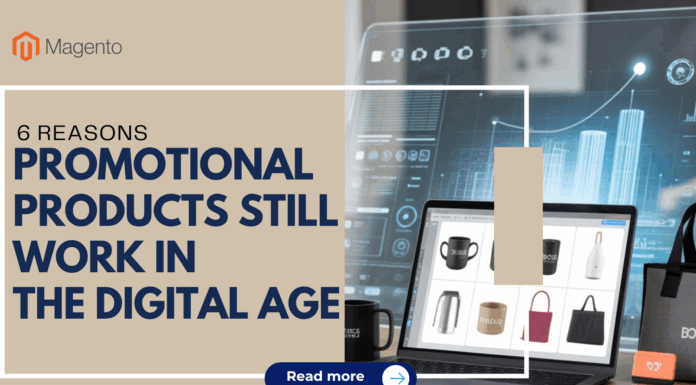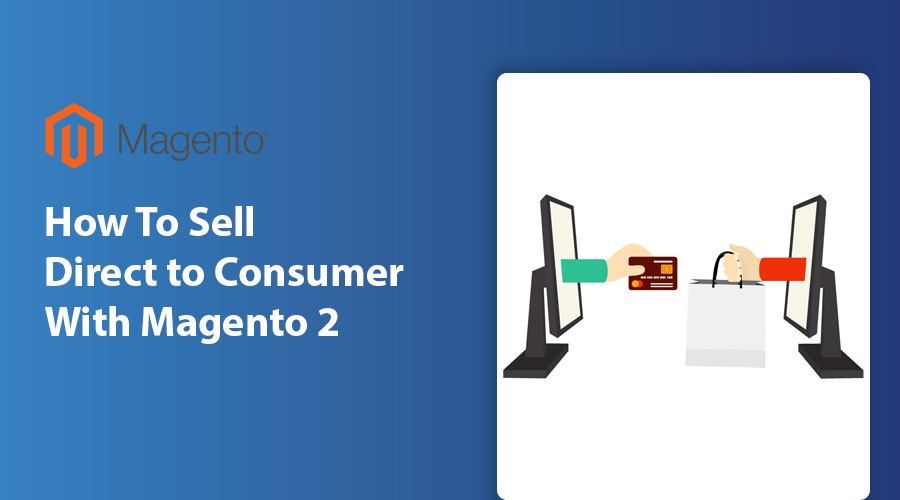
Selling direct to consumer (DTC) isn’t a new way to sell. Farmers have been selling directly to consumers through local farmers’ markets for years. However, more recently, popular global brands have started selling directly to consumers as part of their digital transformation. One of the most well-known brands among them is the global footwear retailer Nike.
Nike started its DTC journey in 2018 to reach 30% digital penetration by 2023. And according to executive Heidi O’Neill, Nike achieved its goal nearly three years ahead of schedule while simultaneously growing quarterly sales by 82% in Q1 of 2020. There’s no doubt that direct-to-consumer retail is effective at helping established brands grow in a competitive environment. But is it worth selling directly to consumers as a small business?
This post answers that question and explains how your online business can succeed by adopting a direct-to-consumer retail strategy with Magento. Here’s everything I talk about in this guide:
Table of Contents
I. What is direct-to-consumer (DTC, D2C), and why sell direct to consumer?
Direct-to-consumer (DTC or D2C) is a retail model where brands sell their products directly to consumers. There are no third-party distributors, retailers, or wholesalers involved. Direct-to-consumer brands stock, pack, and ship their products, thereby controlling the entire supply chain.
On the fence about selling directly to consumers? Here are five reasons to adopt a DTC retail model for your online business.
1.1. Inspire brand loyalty
When you sell through a retailer, you have little control over how they market your brand or products. In contrast, selling directly to consumers allows you to control your brand image throughout the buying cycle.
You can interact directly with your customers and gather deep insights into buyer preferences. That information is invaluable to improving your online branding and marketing strategies.
1.2. Increase profit margins without increasing product prices
Besides customer relationships, DTC retail allows you to control your product pricing better. You don’t need to factor distribution and commission fees into your product margins. You can offer greater discounts and increase your profit margins without changing your product prices.
1.3. Control over distribution channels
When you sell through wholesalers and distributors, you’re renting access to their supply chain. While that might help you launch your business, it limits your ability to grow as an independent brand when customer acquisition costs increase.
Selling DTC gives you complete control over the supply chain. You decide where, when, and how to sell your products.
1.4. Personalize customer experiences with zero- and first-party data
With increasing concerns about data privacy, regulators in the U.S. and E.U. are stepping up to limit and potentially eliminate the use of third-party data. In such an environment, selling DTC gives you a clear advantage — direct access to customer data.
This data can be first-party data — information collected during the online shopping process, or zero-party data — information shared by customers through a survey or poll. You can use it to provide personalized product recommendations and promotions.
1.5. Innovate and iterate without restrictions
A direct line of communication with your customers lets you collect feedback and rapidly implement product, branding, and marketing changes. You can introduce new programs and features and improve the shopping experience continuously.
III. Direct-to-consumer vs. business-to-consumer: The difference explained
Direct-to-consumer describes a retail model where a brand sells its goods (or services) directly to the end user. In contrast, business-to-consumer, or B2C, describes a retail model where a business other than the brand sells the products to its end users.
The “business” in B2C is usually a third-party retailer, wholesaler, or distributor that handles the marketing and distribution of the products. Although B2C retail offers easier access to consumers, it generally has a longer sales cycle and provides limited upside for the brand.
II. Why you should use Magento 2 to sell direct-to-consumer?
Now that you understand how DTC retail works, its benefits, and how it’s different from a B2C model, let’s explore why you should use Magento 2 to power your DTC store.
2.1. Powerful inventory and order management
Magento offers one of the most powerful inventory management systems on the market that can handle — in theory — unlimited products. And that’s not all. It supports assigning inventory sources — a feature essential for fulfilling orders from multiple warehouses.
Magento 2 also includes a feature-rich Order Management System that allows you to manage orders, reconcile inventory, and generate shipping documentation without a third-party extension.
2.2. Robust integration capabilities
Magento supports GraphQL, REST, and SOAP APIs out of the box. Moreover, it lets you configure those APIs with the following three types of authentication:
- OAuth 1.0a for third-party applications.
- Tokens for mobile applications.
- Login credentials for customers and store admins.
That means whether you need to build a shopping app for your DTC business or integrate your online store with a CRM, ERP, or POS, Magento lets you do it easily.
2.3. PWA-ready
Don’t have the budget for a dedicated mobile shopping app? No worries. Magento gives you access to a dedicated set of developer tools to build a Progressive Web Application for your DTC store.
Your Magento-powered PWA will work offline, just like a native mobile application, while maintaining a seamless shopping experience for your customers.
III. How to sell direct-to-consumer with Magento 2
Ready to sell DTC with Magento 2? Here’s a five-step process to help you start.
3.1. Choose a hosting provider
Your Magento store is only as good as its hosting. Therefore, you must choose a hosting service capable of supporting and scaling your online business. The four most common types of Magento hosting options on the market are:
- Shared hosting.
- VPS hosting.
- Cloud hosting.
- Dedicated hosting.
Each hosting type offers a unique advantage. For example, shared hosting is a cost-effective option for low-traffic stores, whereas cloud and dedicated hosting are ideal for high-traffic Magento websites.
3.2. Install and configure Magento 2
Once you choose a Magento hosting service, you’ll need to install and configure Magento 2. Managed hosting services like Nexcess and Cloudways will install Magento 2 for you. But if you opt for a self-managed hosting provider like Digitalocean, you’ll need to install it yourself.
Once your store is up and running, upload products, assign tax rates, and integrate a payment gateway with your Magento 2 store.
3.3. Optimize your store UI and UX
Your Magento store represents your brand and everything it stands for. That’s why you should optimize your store’s UI and UX to offer a user-friendly online shopping experience.
The easiest way to improve your Magento store’s design and functionality is with themes and extensions. Don’t have the budget for a Magento 2 theme? No worries. You can always choose a free Magento 2 theme from Landofcoder’s collection.
3.4. Integrate your business systems
Once store design and functionality are ready, it’s time to integrate your business systems with your Magento store. Magento’s APIs let you integrate your store with popular business software.
And anything that it can’t support by default, you can integrate with the help of an automation tool like Zapier.
3.5. Go live!
Before you launch your store live, make sure you test the front end thoroughly. Step into your customer’s shoes, browse your site, and place a few test orders. There’s no better way to verify everything works as intended.
Finally, publish your store and go live. You might not see any traffic initially. But you can overcome that challenge by promoting your store across social media profiles and setting up paid ads to attract customers.
IV. Direct-to-consumer best practices
There’s more to winning as a DTC brand than having a great product or service. Here are five tips to help you build a successful direct-to-consumer business.
4.1. Build a unique brand identity
Your brand identity is more than a logo or color scheme. Although those elements represent your brand, there’s much more to it. Some ways to build a memorable brand identity are:
- Identifying your unique selling proposition.
- Setting up an About us page.
- Creating a style guide that defines your brand tone and voice.
Publishing high-quality content across all your online touchpoints helps your customers understand what your brand stands for and relate to it.
4.2. Offer a seamless customer experience
A 2022 report by Zendesk found that 70% of consumers made purchases based on the customer service quality they received. And that’s not all. According to a PWC report, 32% of customers said they’d stop buying from a brand after one bad experience.
Offering a pleasant customer experience is more than free deliveries and easy returns. It’s about analyzing buyer personas, designing effective sales funnels, delivering personalizations, and appreciating your customers. That means keeping your promises on delivery dates. If you’re having issues at the last mile, try Circuit’s free route planner app. It’ll help you make deliveries faster by automatically adjusting and optimizing your route.
Always strive to go the extra mile to make your customer’s day. You’ll be surprised how well it pays off for your DTC brand.
4.3. Leverage email marketing
Some of the best DTC brands leverage emails to inspire loyalty and keep customers coming back for repeat purchases. The standard welcome, cart abandonment, and promo emails aren’t enough. You also need “browse” abandonment and personalized promo emails.
Magento 2 integrates with leading email marketing tools like Mailchimp and Klaviyo. Integrate those tools with your store and build email automation that keeps your customers coming back for more.
4.4. Use customer loyalty programs to inspire brand advocacy
According to Antavo’s Global Customer Loyalty Report, 93.1% of brands that offer loyalty programs report a positive return on investment. So if you haven’t already, you should consider a loyalty program for your brand.
Landofcoder’s Magento 2 reward points extension is a great place to start. And if you want to take it up a notch, you can always explore dedicated solutions like LoyaltyLion and set up a rewards for referrals program to encourage brand advocacy.
4.5. Invest in influencer marketing
A 2019 report by Edelman revealed that 63% of shoppers trust influencers more than direct brand advertising. So if you’re building a DTC brand in 2023, allocate a budget for influencer marketing.
SaaS solutions like Grin and Upfluence integrate seamlessly with Magento 2 and allow you to manage influencers and promo codes from the Magento admin.
V. Top direct-to-consumer websites that use Magento
Starting a DTC store can be intimidating. Here’s a curated list of top brands that use Magento to sell directly to consumers to inspire you.
5.1. Coca-Cola
Coca-Cola uses Magento 2 to sell apparel, collectibles, and their legendary soft drink bottles directly to consumers in the U.S.
5.2. Cox & Cox
Cox & Cox uses Magento to sell furniture and home decor items. It offers a referral program and supports multiple payment options such as Klarna, Clearpay, PayPal, and major cards.
5.3. Omega Watches
Luxury watch brand OMEGA uses Magento to power its global DTC website. It leverages Magento’s omnichannel abilities to empower customers to shop online and offline.
5.4. Tommy Hilfiger
Premium apparel brand Tommy Hilfiger uses Magento to power its DTC store in Australia and New Zealand. Tommy Hilfiger makes excellent use of Magento to offer easy returns, gift vouchers, and sitewide promotions.
5.5. ASUS
Global electronics brand ASUS uses Magento to support its omnichannel operations in Singapore. ASUS’s website uses Magento’s multi-store capabilities to sell B2B and DTC.
Conclusion
Selling direct-to-consumer is challenging. After all, most of the backend processes that distributors and retailers would handle become your responsibility.
But the good news is that Magento makes it easy to sell directly to consumers with its eCommerce-friendly features and reliable performance. All you need is an expert Magento development agency to help your business grow.
Author Bio
Indraneil Khedekar is a tech content writer at Content Scribers, a content writing agency for B2B brands. He’s a die-hard eCommerce nerd and an expert at writing about all things Magento, Shopify, and WordPress.
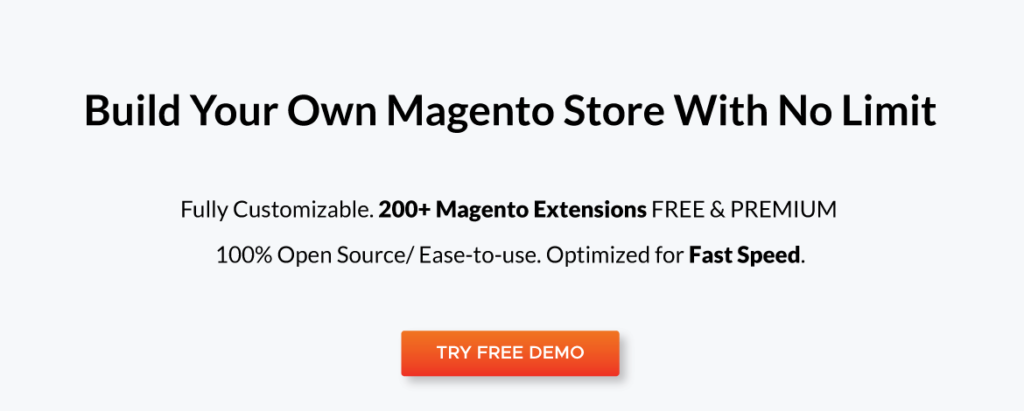

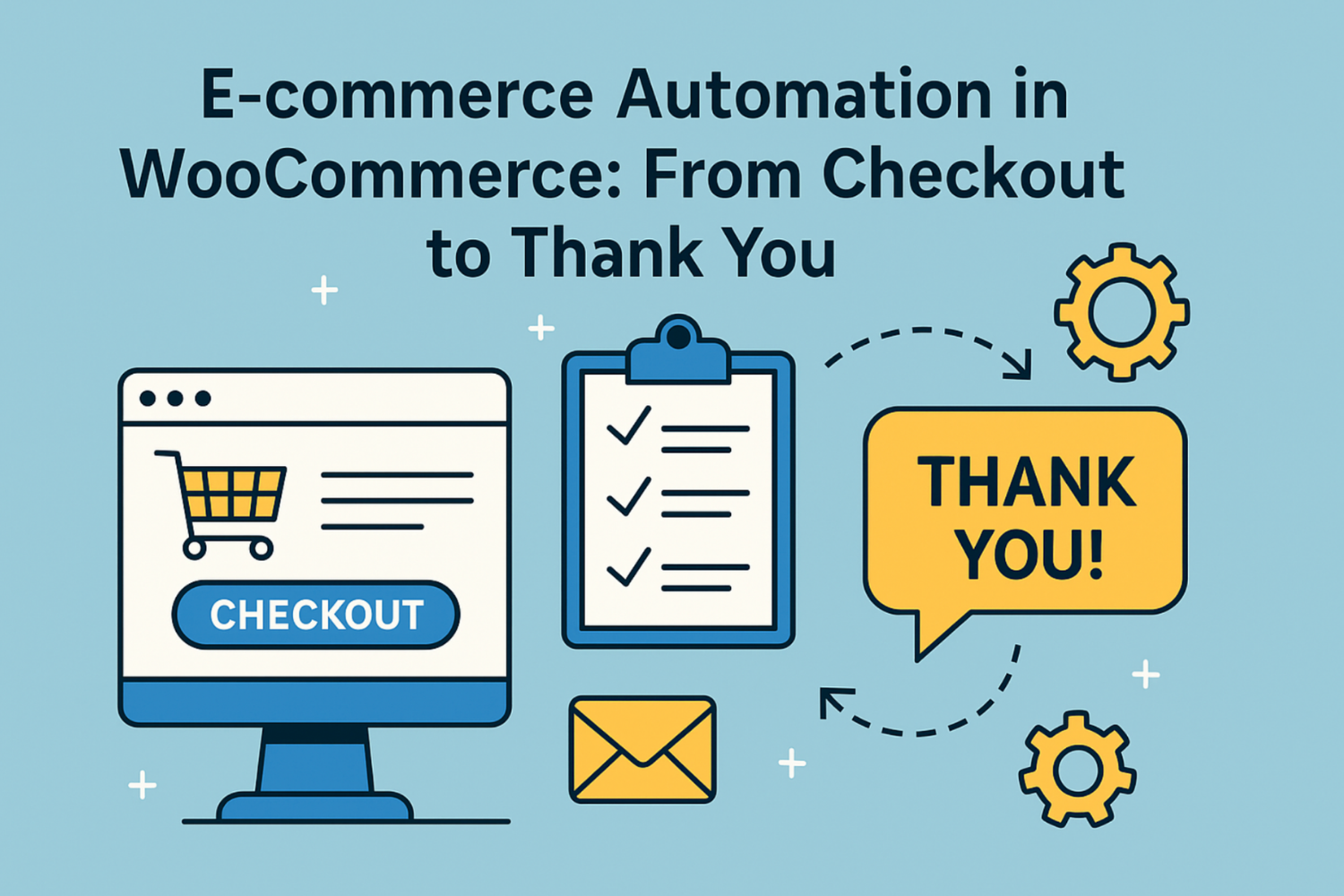
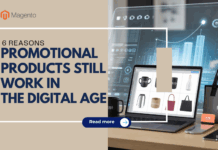








![[SALE OFF] Discount 30% All Premium Extensions On Christmas And New Year 2025 christmas-and-new-year-2025](https://landofcoder.b-cdn.net/wp-content/uploads/2024/12/christmas-and-new-year-2025-1-218x150.png)




